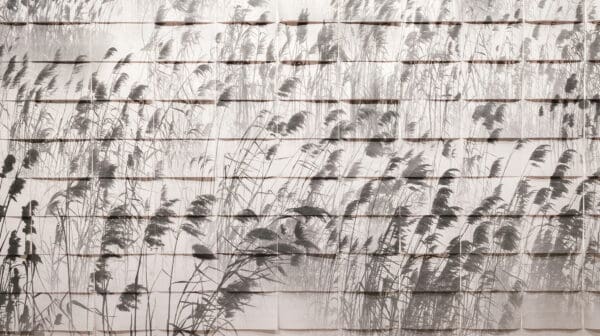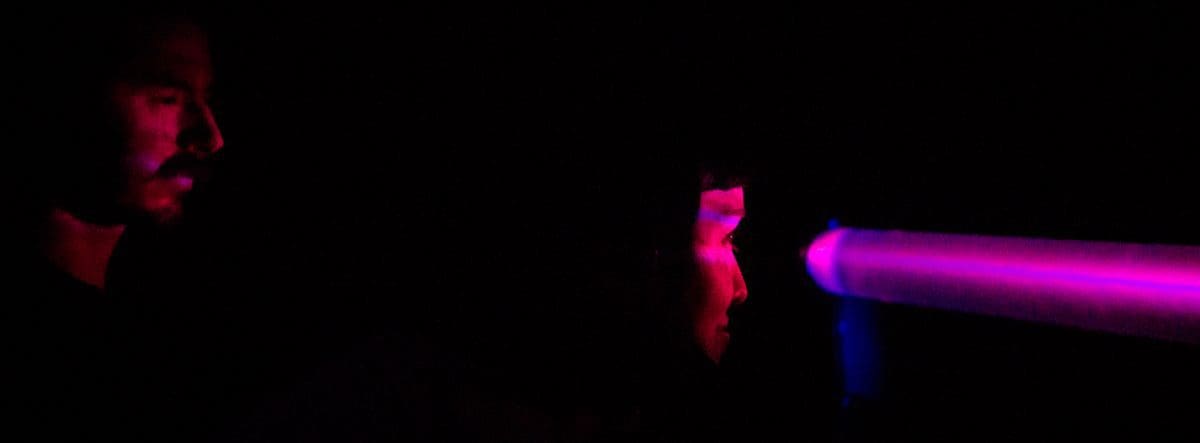
Poetics of Relation
Tender Comrade, currently on show at Sydney’s White Rabbit Gallery, creates a new vocabulary of queer kinship by reimagining the relationship between artworks, bodies and space.
In Experimenta Make Sense: International Triennial of Media Art you will find: a lightbox representing the entire universe; a dark room of floating figures; and the slowed-down breaking of a single wave, mapping the step-by-step shift as the water eventually crashes. These are just some of the technology-based works in the nationally touring exhibition which explores our accelerating culture.
Presented by media arts organisation Experimenta, the triennial features over 20 artists including Ella Barclay, Anna Munster, Antoinette J. Citizen, Jon McCormack, and Judy Watson. Spanning virtual reality headsets, sensory robotics, technologically based visualisations and immersive installations, the show asks us to think about how we make sense of our technological times.
As Parsons explains, “Obrist coined this phrase ‘the extreme present’ to describe the phenomenon of the pace of change, largely driven by technology, in which people are struggling to keep up with the present, let alone think about the future.”
The curators soon saw that many artists were attempting to make sense of contemporary technology through acts of sensory creation. “Despite all of the sophisticated technologies we have today, we make sense through our senses; sight, hearing, touch and taste, and yet many of the developments in science and technology are so beyond that,” says Parsons. “There’s a strong thread in this show of artists bringing quite complex ideas and concepts into a viewable, audible, touchable realm, as a way for humans to make sense.”

Parsons sees this as particularly evident in the work of Matthew Gardiner. “It’s an exquisite piece called The Faulted Geometry of the Universe which has been made by 3D printing and placed in a case, and it draws on scientific theories of the universe being made of folds, to which Matthew gives a visual expression,” says the curator.
“I think one of the challenges we have with a lot of our technologies today is that they’re deliberately designed to be distracting and attention seeking,” points out Parsons. “So the gallery plays an increasingly important role as a space for contemplation.”
Experimenta Make Sense: International Triennial of Media Art
The Lock Up
3 February – 18 March 2018
Tour Dates:
UTAS – Plimsoll Gallery
21 April – 27 May 2018
Tweed Regional Gallery and Margaret Olley Art Centre
27 July – 23 September 2018
Rockhampton Art Gallery
13 October – 18 November 2018
Western Plains Cultural Centre
14 December 2018 – 3 March 2019
Latrobe Regional Gallery
6 April – 30 June 2019
University of the Sunshine Coast Art Gallery
7 June – 15 September 2019
New England Regional Art Museum
18 November 2019 – 9 February 2020
Albury Library Museum
1 April – 1 May 2020